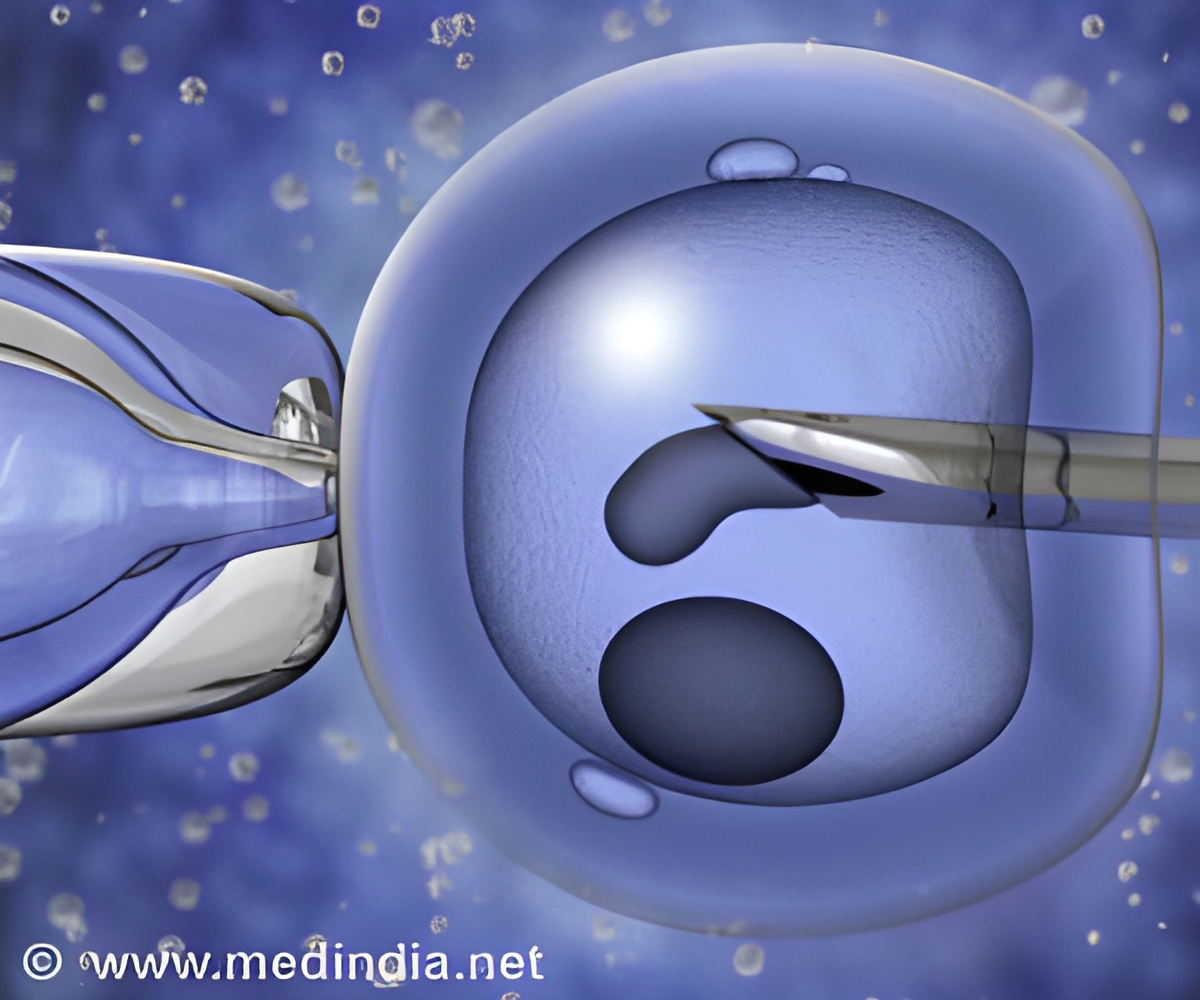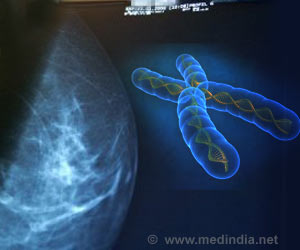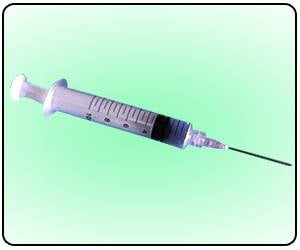A vital step forward in understanding how cells from skin tissue can be reprogrammed to become stem cells was taken by scientists.

The study of how these cells – known as induced pluripotent stem cells (iPSCs) – were reprogramed was led by the University of Edinburgh and is published in the journal Nature.
Scientists found that the process by which iPSCs are created is not simply a reversal of how skin cells are generated in normal human development.
Researchers made the discovery by tracking the change of skin cells during the reprogramming process.
All cells in the human body begin life as a mass of cells, with the capacity to change into any specialised cell, such as skin or muscle cell.
By returning adult cells to this original state and recreating the cell type needed for treatment scientists hope to find ways of tackling diseases such as MS, in which cells become faulty and need to be replaced.
Advertisement
Experts say that current methods of iPSCs production are time consuming and costly. It takes around four weeks to make human stem cells and even then the process does not always work.
Advertisement
Dr Keisuke Kaji, of the Medical Research Council Centre for Regenerative Medicine at the University of Edinburgh, said: "As exciting as this technology is, we still know very little about how cell reprogramming actually works. Using a new technique, we have improved our understanding of the process. Our work marks an exciting step towards ensuring that induced pluripotent stem cells technology will meet its full potential."
Source-Eurekalert













